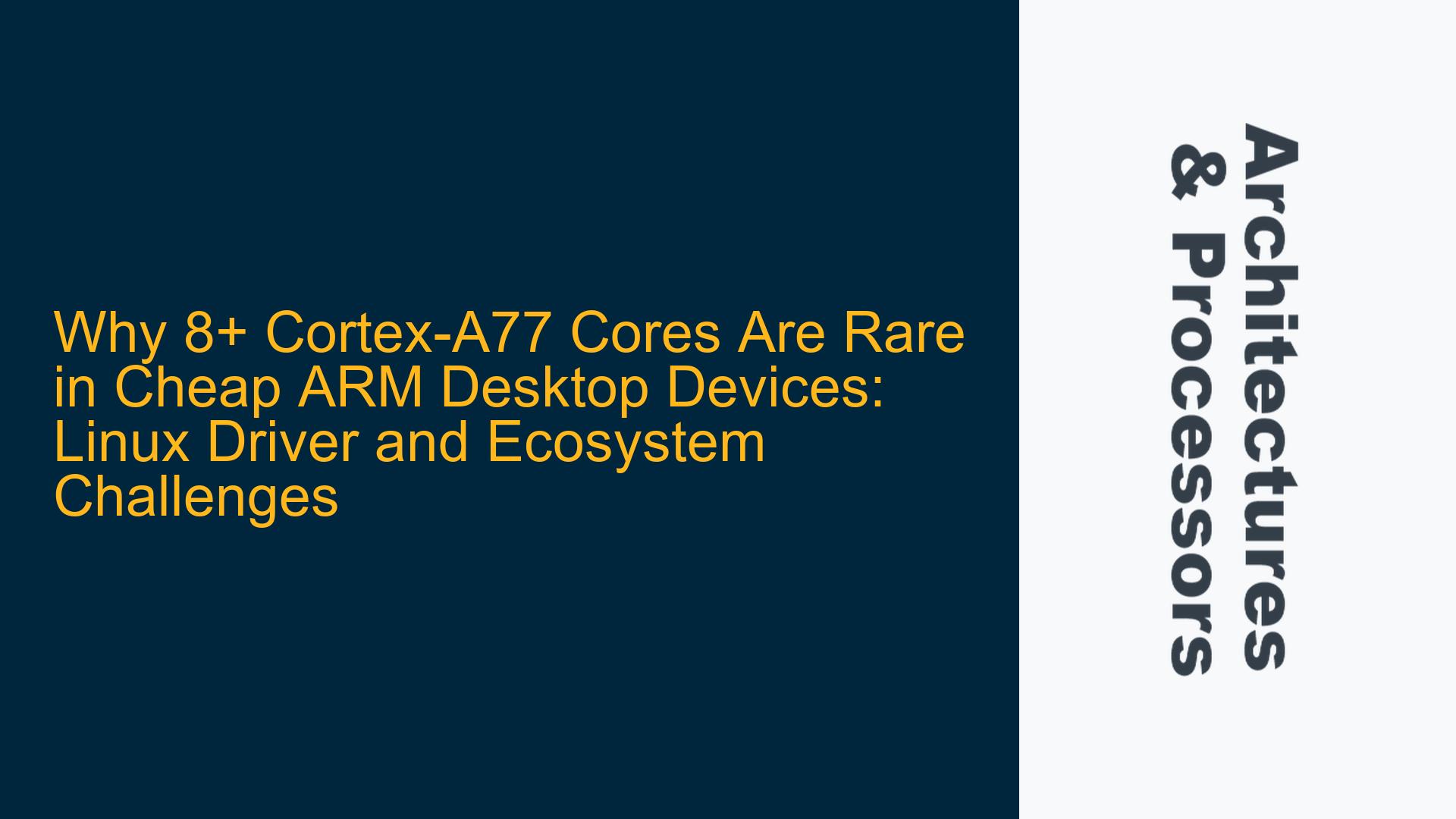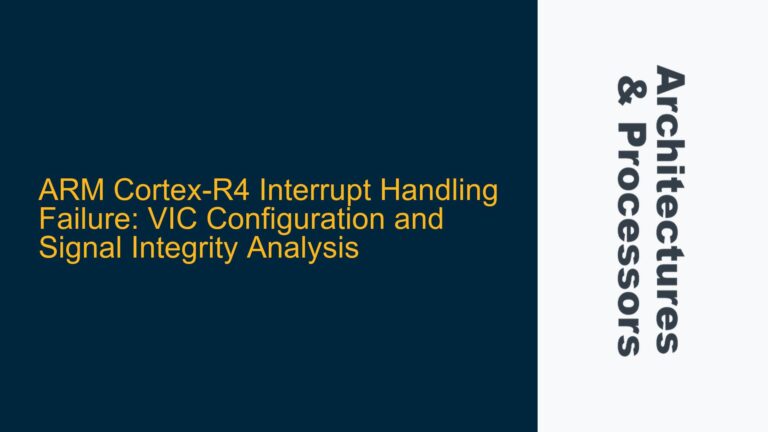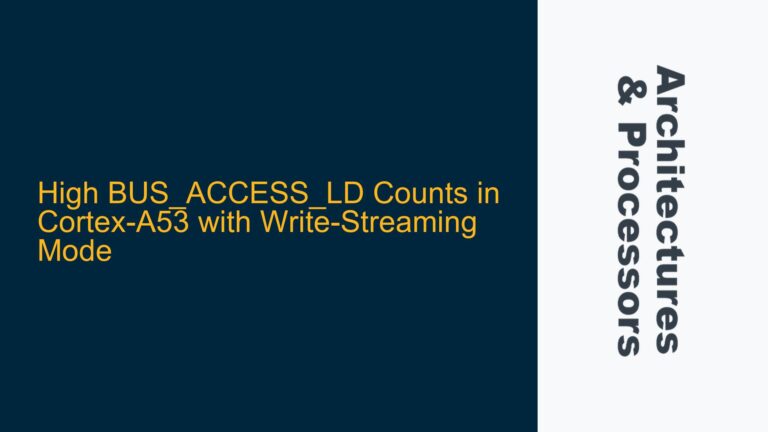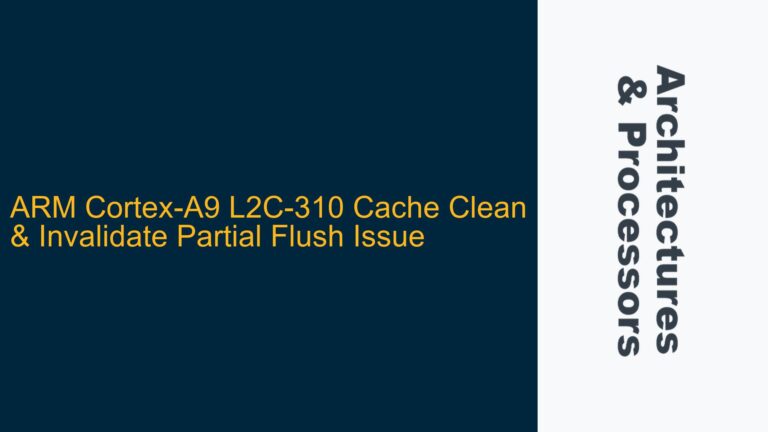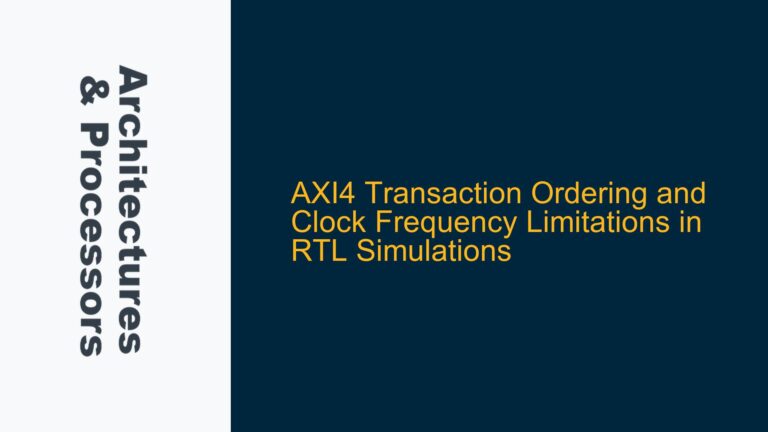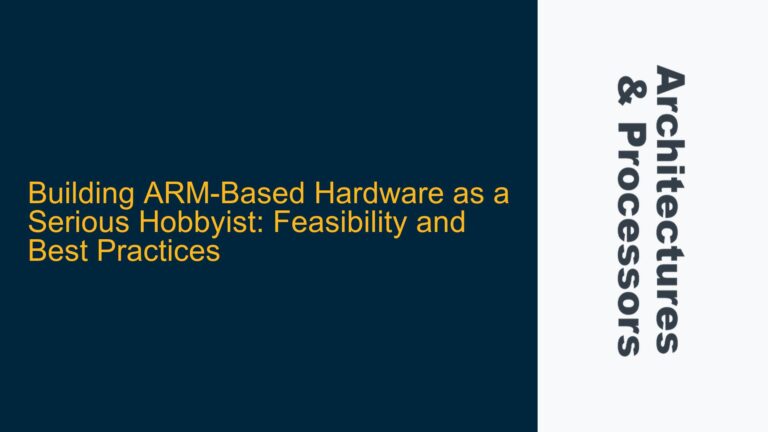ARM Cortex-A77 Multi-Core Desktop Adoption Challenges
The absence of 8+ Cortex-A77 cores in affordable ARM-based desktop devices is a multifaceted issue rooted in hardware design constraints, software ecosystem limitations, and market dynamics. While ARM processors like the Cortex-A77 are widely used in mobile and embedded systems, their adoption in desktop environments, particularly in high-core-count configurations, faces significant hurdles. These challenges include the complexity of peripheral driver support, the lack of optimized Linux distributions for desktop-grade ARM systems, and the economic impracticality of producing high-performance ARM desktops at a low cost. Additionally, the ARM ecosystem traditionally prioritizes power efficiency and scalability for mobile and server markets, leaving desktop implementations as a secondary focus.
The Cortex-A77, designed for high-performance mobile and embedded applications, excels in single-threaded and multi-threaded workloads. However, scaling it to 8+ cores for desktop use introduces challenges such as thermal management, power delivery, and memory bandwidth limitations. Furthermore, the ARM Linux ecosystem, while robust for embedded and server use cases, often lacks comprehensive driver support for desktop-specific peripherals like GPUs, USB controllers, and audio interfaces. This creates a barrier for developers and manufacturers aiming to create cost-effective ARM desktops with high-core-count processors.
Peripheral Driver Gaps and Linux Kernel Optimization Issues
One of the primary reasons for the scarcity of 8+ Cortex-A77 core devices in the desktop space is the incomplete support for peripheral drivers in the Linux ecosystem. While ARM-based Linux distributions like Ubuntu ARM can boot on Cortex-A77 systems, they often require significant customization to support desktop-grade peripherals. For instance, GPU acceleration, a critical component for desktop usability, is frequently underdeveloped for ARM platforms. Many ARM SoCs integrate Mali GPUs, which rely on proprietary drivers that are not always well-integrated with open-source Linux distributions. This results in suboptimal performance for graphics-intensive applications, making ARM desktops less appealing to consumers.
Similarly, DMA (Direct Memory Access) controllers and USB interfaces on ARM SoCs often require specific kernel patches or custom drivers to function correctly. These peripherals are essential for tasks like high-speed data transfer and external device connectivity, which are fundamental to desktop use cases. The lack of standardized, out-of-the-box support for these components forces developers to invest significant time and resources into driver development and kernel optimization. This increases the overall cost and complexity of bringing ARM-based desktops to market, particularly for low-cost devices.
Another critical issue is the timing and synchronization of cache operations during DMA transfers. ARM processors rely heavily on cache coherency mechanisms to ensure data consistency between the CPU and peripherals. However, improper cache management can lead to performance bottlenecks or data corruption. For example, omitting memory barriers or failing to invalidate caches at the correct time can cause subtle bugs that are difficult to diagnose and resolve. These issues are exacerbated in high-core-count configurations, where multiple cores may access shared resources concurrently, increasing the likelihood of race conditions and cache coherence violations.
Strategies for Enabling High-Core-Count ARM Desktops
To address the challenges of deploying 8+ Cortex-A77 cores in affordable ARM desktop devices, several strategies can be employed. First, manufacturers and developers must prioritize the development and integration of robust peripheral drivers for ARM-based Linux distributions. This includes collaborating with GPU vendors to improve open-source driver support and working with the Linux community to upstream necessary patches for DMA, USB, and audio controllers. Additionally, leveraging existing ARM server platforms, such as those based on the Neoverse architecture, can provide a foundation for desktop implementations. These platforms often include features like high-speed interconnects and advanced cache coherency mechanisms that can be adapted for desktop use.
Second, optimizing the Linux kernel for high-core-count ARM configurations is essential. This involves fine-tuning scheduler policies to ensure efficient load balancing across cores, implementing proper cache management techniques, and enabling features like ARMv8.1 atomic operations to improve multi-threaded performance. Developers should also consider using data synchronization barriers (DSBs) and instruction synchronization barriers (ISBs) to enforce correct memory ordering and prevent cache coherence issues during DMA transfers. These optimizations can significantly enhance the stability and performance of ARM desktops, making them more competitive with x86-based systems.
Finally, reducing the cost of high-core-count ARM desktops requires a combination of economies of scale and innovative design approaches. For example, utilizing chiplet-based architectures, where multiple smaller dies are integrated into a single package, can lower production costs while maintaining high performance. Additionally, targeting niche markets, such as developers and hobbyists, can help build a user base and drive demand for ARM desktop solutions. Over time, as the ecosystem matures and adoption increases, the cost of these devices is likely to decrease, making them more accessible to a broader audience.
In conclusion, while the deployment of 8+ Cortex-A77 cores in cheap ARM desktop devices is currently limited by technical and economic challenges, these obstacles are not insurmountable. By addressing peripheral driver gaps, optimizing the Linux kernel, and adopting cost-effective design strategies, manufacturers can unlock the potential of high-core-count ARM processors for desktop applications. As the ARM ecosystem continues to evolve, we can expect to see more affordable and capable ARM desktops entering the market, offering a viable alternative to traditional x86 systems.
